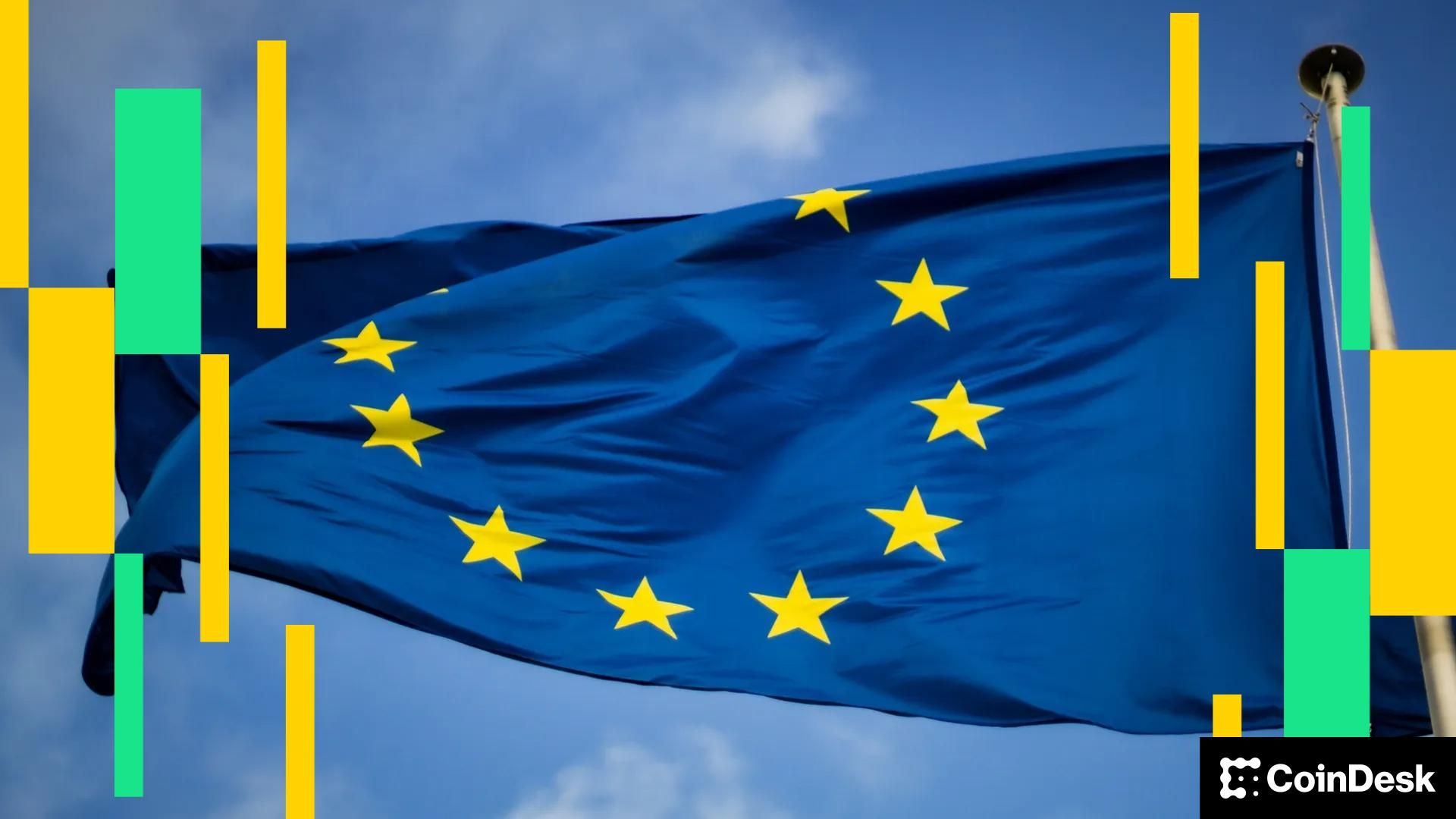
Europe’s landmark crypto regulation, MiCA, was meant to finish the “Wild West” period of stablecoins. Proof-of-reserves, capital guidelines, redemption necessities: on paper, the framework appears to be like reassuring. But, in apply, MICA does little to forestall the sort of systemic dangers that might emerge as soon as stablecoins grow to be a part of the worldwide monetary ecosystem.
The irony is hanging: a regulation meant to include threat could, in truth, be legitimizing and embedding it.
The contagion drawback: when DeFi meets TradFi
For years, stablecoins lived at the hours of darkness nook of finance: a crypto comfort for merchants and remitters. Now, with MiCA in drive, and the UK and U.S. following shut behind, the road separating crypto markets from conventional monetary methods is starting to fade. Stablecoins are evolving into regulated, mainstream cost devices, credible sufficient for on a regular basis use. That newfound legitimacy adjustments all the pieces.
It is because as soon as a stablecoin is trusted as cash, it competes instantly with financial institution deposits as a type of non-public cash. And when deposits migrate out of banks and into tokens backed by short-term authorities bonds, the normal equipment of credit-creating and monetary-policy transmission begins to warp.
On this sense, MiCA solves a micro-prudential drawback (making certain issuers don’t collapse) however ignores a macro-prudential one: what occurs when billions of euros shift from the fractional-reserve system into crypto wrappers?
Bailey’s warning, and the BoE’s cap
The Financial institution of England sees the chance clearly. Governor Andrew Bailey advised the Monetary Instances earlier this month that ‘widely-used stablecoins ought to be regulated like banks’ and even hinted at central-bank backstops for systemic issuers. The BoE now proposes a £10,000-£20,000 cap per individual and as much as £10 million for companies on holdings of systemic stablecoins: a modest however revealing safeguard.
The message is apparent: stablecoins aren’t only a new cost device; they’re a possible menace to financial sovereignty. A big-scale shift from commercial-bank deposits to stablecoins might undermine banks’ steadiness sheets, lower credit score to the true financial system, and complicate charge transmission.
In different phrases, even regulated stablecoins might be destabilizing as soon as they scale, and MiCA’s consolation blanket of reserves and reporting doesn’t deal with that structural threat.
Regulatory arbitrage: the offshore temptation
The UK has taken a cautious path. The FCA’s proposals are thorough on home issuers but notably permissive towards offshore ones. Its personal session admits shoppers ‘will stay liable to hurt’ from abroad stablecoins used within the UK.
That is the core of a rising regulatory arbitrage loop: the stricter a jurisdiction turns into, the extra incentive issuers have to maneuver offshore whereas nonetheless serving onshore customers. Meaning threat doesn’t disappear, it merely relocates past the regulator’s attain.
In impact, the authorized recognition of stablecoins is recreating the shadow-banking drawback in new type: money-like devices circulating globally, flippantly supervised, however systemically intertwined with regulated establishments and authorities bond markets.
MiCA’s blind spot: legitimacy with out containment
MiCA deserves credit score for imposing order on chaos. However its construction rests on a harmful assumption: that proof-of-reserves equals proof-of-stability. It doesn’t.
Totally backed stablecoins can nonetheless set off fireplace gross sales of sovereign debt in a redemption panic. They’ll nonetheless amplify liquidity shocks if holders deal with them like financial institution deposits however with out deposit insurance coverage or a lender of final resort. They’ll nonetheless encourage forex substitution, pushing economies towards de facto dollarization by USD-denominated tokens.
By formally ‘blessing’ stablecoins as secure and supervised, MiCA successfully offers them legitimacy to scale with out offering the macro instruments (like issuance limits, liquidity amenities, or decision frameworks) to include the fallout as soon as they do.
The hybrid future, and why it’s fragile
Stablecoins sit exactly the place DeFi and TradFi now blur. They borrow the credibility of regulated finance whereas promising the frictionless freedom of decentralized rails. This “hybrid” mannequin just isn’t inherently dangerous; it’s revolutionary, environment friendly, and globally scalable.
However when regulators deal with these tokens as simply one other asset class, they miss the purpose. Stablecoins aren’t liabilities of an issuer within the conventional banking sense; they’re digital property, particularly a brand new type of property that features as if it have been cash. But as soon as such property turns into broadly accepted, stablecoins blur the road between non-public asset and public cash. It’s exactly this ambiguity that carries systemic implications regulators can not ignore.
The Financial institution of England’s cap, the EU’s proof-of-reserves, and the U.S. GENIUS Act all present that policymakers acknowledge components of this threat. What remains to be, although, is a transparent, system-wide method, one which treats stablecoins as a part of the cash provide, not simply as tradeable crypto property.
Conclusion: MiCA’s paradox
MiCA marks a regulatory milestone but in addition marks a turning level. By legitimizing stablecoins, it invitations them into the monetary mainstream. By specializing in micro-prudential supervision, it dangers ignoring macro-fragility and macro-prudential considerations. And by asserting oversight, it could speed up world arbitrage and systemic entanglement. MiCA, in brief, could not cease the following disaster, it would quietly be constructing it.




